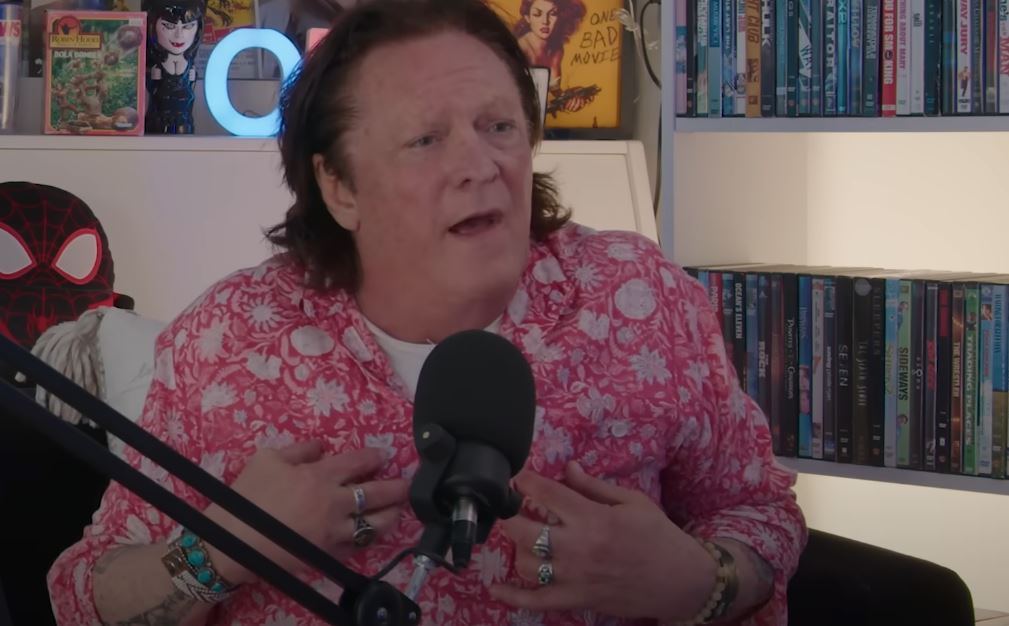Although not negligible, Michael Madsen’s net worth at the time of his death in 2025 was between $500,000 and $4 million, which seemed surprisingly low for a man who had starred in over 300 motion pictures and television shows. He was renowned for accepting characters with nuance and complexity, especially those created by Quentin Tarantino. Few parts better encapsulated his personality than Mr. Blonde, whose eerie dance in Reservoir Dogs audiences are still haunted by decades later.
Born and raised in Chicago, Madsen developed a gritty yet subtle presence that gave his roles authenticity under the creative tutelage of John Malkovich at Steppenwolf Theatre. He was a mood rather than merely an actor. He became a popular choice for filmmakers looking for intensity with restraint in the 1990s and early 2000s. His range was especially broad, combining emotional vulnerability with menace in roles in Kill Bill, Species, Thelma & Louise, and Donnie Brasco.
Michael Madsen Personal & Career Overview
| Full Name | Michael Søren Madsen |
|---|---|
| Date of Birth | September 25, 1957 |
| Date of Death | July 3, 2025 (Age 67) |
| Birthplace | Chicago, Illinois, USA |
| Occupation | Actor, Poet, Photographer |
| Years Active | 1982–2025 |
| Notable Roles | Mr. Blonde (Reservoir Dogs), Budd (Kill Bill) |
| Key Collaborator | Quentin Tarantino |
| Spouses | Georganne LaPiere, Jeannine Bisignano, DeAnna Morgan |
| Children | 7 (including actor Christian Madsen) |
| Sibling | Virginia Madsen (actress) |
| Estimated Net Worth | $500,000–$4 million (as of 2025) |
Even with these positive aspects, financial stability was still elusive. When Madsen declared bankruptcy in 2009, it was disclosed that his monthly income had fallen to $3,300—a startlingly low amount given his Hollywood reputation. According to reports, he owed $25,000 to Pierce Brosnan and $1 million to Quentin Tarantino. He also had escalating tax problems; he was frequently listed as one of California’s top tax delinquents with debts exceeding $500,000.
He continued performing in smaller productions through calculated persistence, frequently selecting parts for their financial value rather than their artistic value. These projects had a purpose—they made sure that bills were paid, groceries were purchased, and family obligations were fulfilled. They were often released straight to DVD or digital platforms. Even though it wasn’t glamorous, this strategy worked incredibly well to support him during tough times.
Another glimpse into his mind was provided by his poetry. His writing, which was gritty, introspective, and emotionally charged, mirrored the inner turmoil of many of the characters he played on screen. He was able to establish a strong connection with fans who looked past the Hollywood façade and into the heart of a working-class storyteller thanks to collections like American Badass and Burning in Paradise. His 2006 photography book Signs of Life, which honored his late friend Chris Penn and demonstrated Madsen’s depth of creativity, blended poetic reflections with images.
Madsen has been very active over the last ten years, not only in the film industry but also at conventions and other events. He maintained a strong relationship with audiences while significantly increasing his revenue streams by frequently appearing at film festivals and fan expos. His devotion to independent filmmaking, despite limited funding and rough scripts, demonstrated a man who valued the craft of storytelling over the glitz and glamour of fame.
Long shadows are cast by personal struggles. His son Hudson died by suicide in 2022, which was especially tragic. Reports of arrests and family strife clouded his public image in the months and years that followed. Nevertheless, Madsen kept working despite everything, taking on smaller roles, organizing charity functions, and going back to writing poetry. Despite his stumbles, he continued to move forward.
He appeared on screen alongside some of the biggest names in film, including Bruce Willis, Johnny Depp, and Al Pacino, and he was a member of ensembles that were nominated for Oscars, such as The Hateful Eight. His relationship with Tarantino was particularly interesting. In interviews, Madsen described the director as a sort of creative anchor in addition to being a collaborator. Madsen continued to be one of Tarantino’s most reliable actors even after he gave up his role as Vincent Vega in Pulp Fiction, making reappearances in Kill Bill and Once Upon a Time in Hollywood.
Madsen’s persona provided an alternative to Hollywood perfection throughout his career. He contributed a distinct taste—one that was unadulterated, worn, and unquestionably human. Global branding and multibillion-dollar franchises were not the focus of his career. It had to do with grit. about resiliency. About the kind of intensity that was impossible to produce.
Even though Madsen had fewer prominent roles in recent years, he still had a sizable cult following. His portrayals remained popular, particularly with viewers attracted to flawed heroes and anti-establishment characters in movies. He maintained his cultural relevance despite his financial situation thanks to this resonance and his creative output in writing and photography.
Michael Madsen had left behind a distinctively rough legacy by the time he died of cardiac arrest in July 2025. The entertainment industry paid tribute to him after his passing. Virginia Madsen, his sister and a critically acclaimed actress herself, spoke candidly about him, reminiscing about his humor, his artistic ability, and the sound of his laughter reverberating through her early years.


